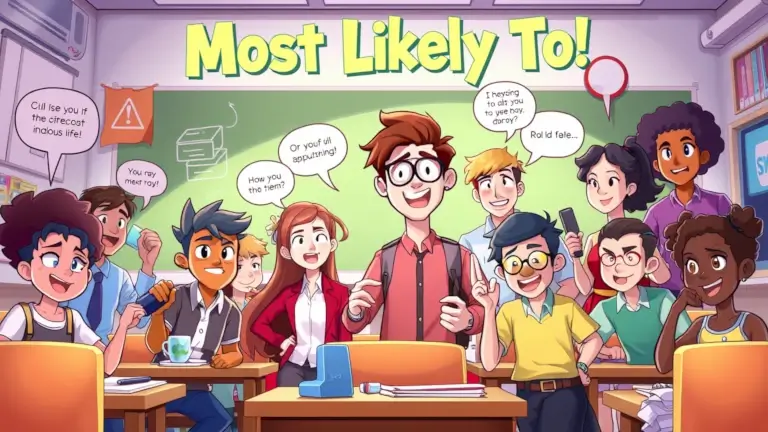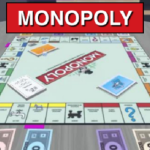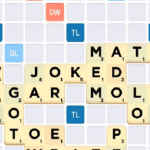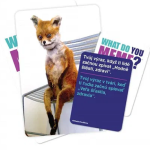

Who is Most Likely To
Who Is Most Likely To is a party game focused on social interaction, designed for groups of friends or family. The concept is simple: players take turns reading out a question that begins with “Who is most likely to…” followed by a prompt like “get lost on a vacation” or “forget their own birthday.” The rest of the group then points to or names the person they think best fits the prompt. There is no traditional scoring system, but the game thrives on reactions, discussions, and group dynamics that emerge from each round.
Similiar games
Who Is Most Likely To is a party game focused on social interaction, designed for groups of friends or family. The concept is simple: players take turns reading out a question that begins with “Who is most likely to…” followed by a prompt like “get lost on a vacation” or “forget their own birthday.” The rest of the group then points to or names the person they think best fits the prompt. There is no traditional scoring system, but the game thrives on reactions, discussions, and group dynamics that emerge from each round.
Players don’t need any special equipment aside from the prompts, which can be drawn from a card deck, app, or even written manually. The goal is not to win but to learn funny or unexpected things about each other. Some groups choose to keep score for fun, while others prefer to treat each round as a standalone moment. The game can be played anywhere and scales easily depending on the number of participants, making it accessible for both small gatherings and larger groups.
Best Scenarios for Play
This game works well in relaxed social settings such as house parties, casual hangouts, or team-building events. Since the questions can range from lighthearted to more personal, it’s important that players feel comfortable with each other. A session of Who Is Most Likely To usually lasts until the prompts run out or the group decides to stop. It’s flexible, and participants can jump in or out without disrupting the flow.
To ensure a smoother experience, it’s useful to set some basic expectations at the beginning. For example, players can agree to skip any question that feels too uncomfortable or invasive. This helps maintain a positive environment where everyone can enjoy participating without pressure. The game also allows players to get creative and write their own custom prompts, which adds variety and personalization to the experience.
Tips for Playing Who Is Most Likely To
- Keep the atmosphere relaxed and judgment-free.
- Use a mix of prompts: silly, random, and thought-provoking.
- Set boundaries for what types of questions are allowed.
- Encourage honesty but don’t force answers.
- Use a timer or rotation to keep the pace steady.
Who Is Most Likely To encourages conversation and reveals insights about players that might not surface in typical social games. It’s less about competition and more about shared reactions, which makes it a flexible option for different kinds of groups and events.
Discuss Who is Most Likely To




















